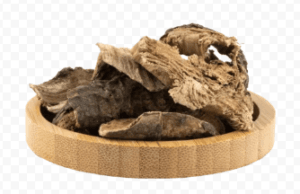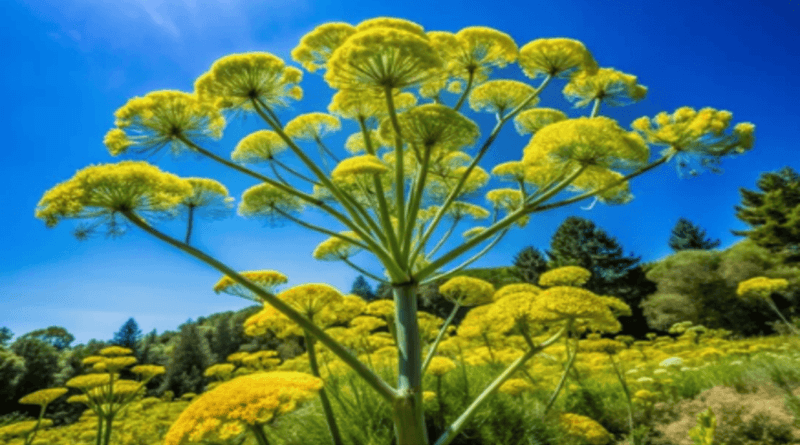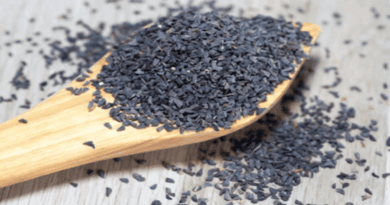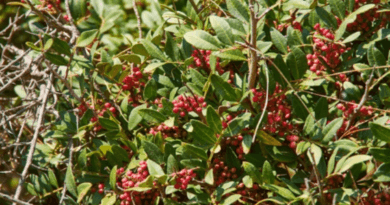Ferula Communis from Roots to Rituals in Ancient Cultures
Ferula communis, commonly known as the giant fennel, holds a significant place in history as a ritual and sacred plant. This perennial herb thrives in the Mediterranean region, where its towering stems and aromatic resin have long fascinated humans. Many ancient cultures revered Ferula communis for its symbolic and practical uses. Today, it continues to captivate those interested in ethnobotany, rituals, and traditional practices.
Historical Significance in Rituals

Ferula Communis in Ancient Mythology
Ancient civilizations, including the Greeks and Romans, considered Ferula communis a divine gift. In Greek mythology, Prometheus is said to have used its hollow stem to carry fire from the gods to humanity. This story symbolizes knowledge, enlightenment, and transformation. Additionally, priests and shamans often utilized Ferula communis in sacred ceremonies to bridge the gap between the physical and spiritual realms.
Role in Roman Rituals
In Roman rituals, the plant’s resin, known as galbanum, played a vital role in incense blends. These aromatic fumes were believed to purify spaces and invite divine presence. Furthermore, ancient healers incorporated the plant’s resin into ointments and balms used during spiritual healing practices.
Ferula Communis in Cultural Symbolism
Beyond its practical uses, Ferula communis also holds deep cultural symbolism. The plant’s ability to grow in challenging environments symbolizes resilience and endurance. Its tall, sturdy stems represent a connection between earth and sky, reflecting spiritual ascension. Many indigenous groups still honor these symbolic meanings in their traditional rituals.
The Symbolism of the Hollow Stem
Moreover, the hollow stem of Ferula communis serves as a metaphor for emptiness and receptivity. This symbolism emphasizes the importance of creating space within oneself to receive wisdom, healing, and transformation.
Modern Ritual Practices Involving Ferula Communis
In contemporary rituals, Ferula communis remains an essential element in ceremonies focused on purification, protection, and spiritual enlightenment. Some modern practitioners burn the resin as incense during meditation or sacred gatherings. Others use the hollow stems as symbolic tools for channeling energy or as ritual wands.
Use in Aromatherapy and Remedies
Additionally, Ferula communis is sometimes integrated into herbal remedies and aromatherapy practices. Its resin’s rich aroma promotes relaxation, mental clarity, and emotional balance.
Medicinal and Spiritual Properties of Ferula Communis
Ferula communis offers both medicinal and spiritual benefits. Traditionally, its resin served as an anti-inflammatory agent and a remedy for respiratory issues. In spiritual contexts, practitioners believe the plant’s smoke cleanses negative energies and creates a sacred atmosphere.
Modern Herbal Uses
Modern herbalists continue to explore the therapeutic properties of Ferula communis. Its essential oils are often included in blends designed to alleviate stress, improve focus, and boost emotional well-being.
Sustainable Harvesting and Ethical Use
As interest in Ferula communis grows, sustainable harvesting practices become increasingly important. Overharvesting can threaten wild populations of this valuable plant. Therefore, ethical sourcing and responsible collection are essential for preserving its availability for future generations.
Promoting Ecological Awareness
Cultivating awareness about Ferula communis’ ecological significance ensures that its ritual and medicinal benefits remain accessible without causing harm to natural ecosystems.
Conclusion: The Timeless Legacy of Ferula Communis
Ferula communis continues to hold a sacred place in ritual practices, cultural symbolism, and traditional medicine. Its rich history, combined with its spiritual and medicinal properties, makes it a remarkable plant deserving of respect and preservation.
In both ancient and modern contexts, Ferula communis remains a bridge between the physical and spiritual worlds. By honoring its legacy and using it responsibly, we can ensure its continued presence in rituals and healing practices for generations to come.
References
- Schultes, R. E., & Hofmann, A. (1992). Plants of the Gods: Their Sacred, Healing, and Hallucinogenic Powers. Healing Arts Press.
- Allen, D. E. (2004). Medicinal Plants in Folk Tradition: An Ethnobotany of Britain & Ireland. Timber Press.
- Manniche, L. (1989). An Ancient Egyptian Herbal. University of Texas Press.




